Home>Garden Essentials>How Long Does Green Onion Germination Take?
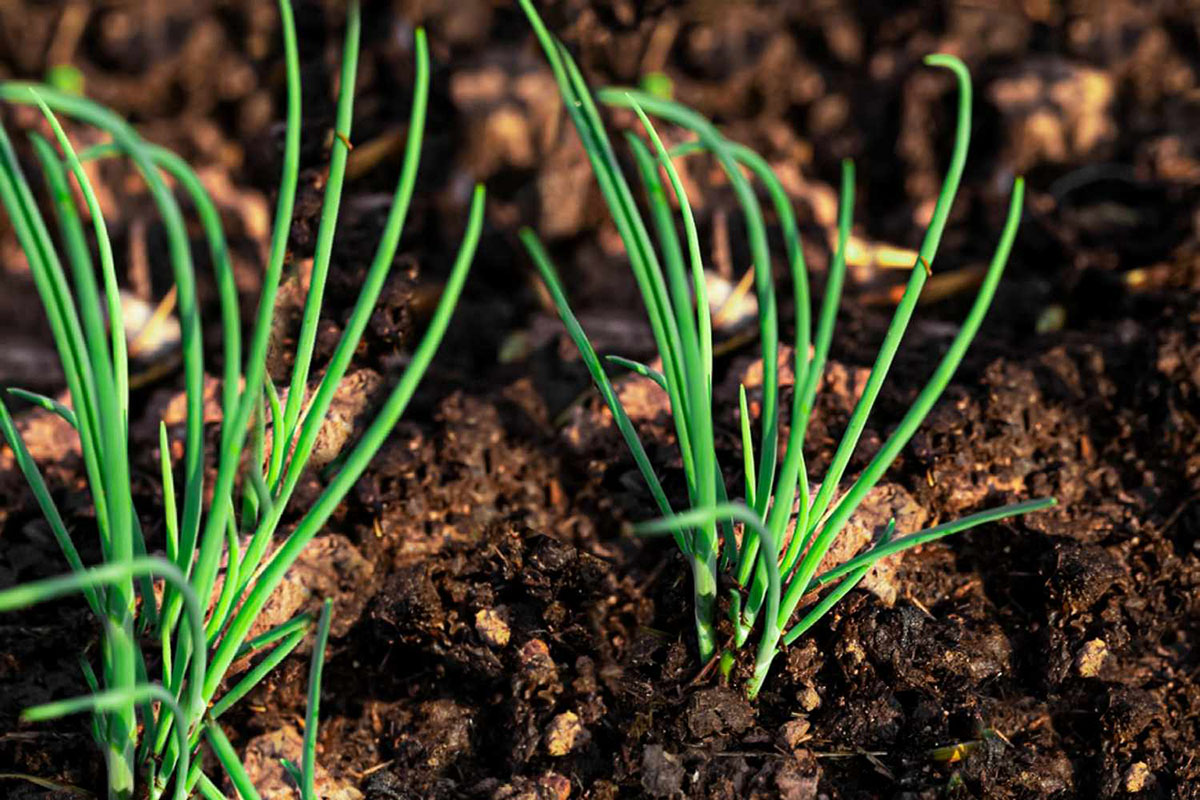

Garden Essentials
How Long Does Green Onion Germination Take?
Modified: March 16, 2024
Discover how long it takes for green onions to germinate in your garden. Get tips and insights for successful onion growing.
(Many of the links in this article redirect to a specific reviewed product. Your purchase of these products through affiliate links helps to generate commission for Storables.com, at no extra cost. Learn more)
Introduction
Welcome to the exciting world of green onion germination! If you’ve ever wondered how those delicious, crisp green onions begin their journey from seed to table, you’ve come to the right place. Germination is an essential and thrilling stage in the life cycle of any plant, and green onions are no exception.
Green onions, also known as scallions or spring onions, are versatile and flavorful additions to various culinary dishes. Whether you’re a passionate cook, a gardening enthusiast, or simply curious about the germination process, understanding how green onions germinate will give you a deeper appreciation for these vibrant and aromatic vegetables.
In this article, we will explore the factors that can affect green onion germination, the ideal conditions for successful germination, the typical germination time of green onions, and some useful tips for accelerating the germination process. Additionally, we will discuss common issues that may arise during germination and provide troubleshooting suggestions to help you along the way.
So, get ready to dive into the fascinating world of green onion germination and discover the secrets behind growing these flavorful veggies from scratch. Let’s begin our journey by exploring the factors that can have an impact on green onion germination.
Key Takeaways:
- Green onion germination takes 7 to 14 days, influenced by factors like temperature, seed quality, and moisture. Pre-soaking seeds and maintaining warmth and moisture can accelerate the process.
- To ensure successful green onion germination, provide optimal conditions like moderate temperature, adequate moisture, and proper spacing. Troubleshoot issues like slow sprouting and pest infestation for healthy growth.
Factors Affecting Green Onion Germination
Green onion germination is influenced by a variety of factors that can affect the success and speed of the process. By understanding these factors, you can create the optimal conditions for your green onion seeds to sprout and grow into healthy plants.
1. Seed Quality: The quality of the green onion seeds you use plays a crucial role in germination. It is important to select fresh, viable seeds from a reliable source. Older or low-quality seeds may have a lower germination rate, leading to slower or uneven sprouting.
2. Temperature: Green onions prefer moderate temperatures for germination. The optimal range is generally between 60°F (15°C) and 70°F (21°C). Lower temperatures can slow down germination, while higher temperatures can decrease the overall germination rate. Maintaining a consistent temperature within this range is key for successful germination.
3. Moisture: Adequate moisture is essential for green onion seeds to germinate. The seeds should be moist but not overly saturated. Excessive moisture can lead to rotting or fungal diseases, while insufficient moisture can hinder germination. It is crucial to provide a consistently moist environment throughout the germination period.
4. Light: Green onions do not require light to germinate. In fact, they can germinate in the dark. However, providing a small amount of light can help stimulate growth once the seeds have sprouted. Once the seedlings emerge from the soil, they should be placed in a well-lit area to encourage healthy development.
5. Soil Quality: Green onions thrive in well-draining soil with a pH level between 6.0 and 7.0. Good soil structure allows for proper root development and prevents waterlogging, which can impede germination. Before sowing the seeds, ensure that the soil is loose, fertile, and free from debris that could hinder germination.
6. Seed Depth: The depth at which green onion seeds are sown can impact their germination success. Planting the seeds too shallowly may leave them susceptible to drying out, while planting them too deeply can delay or inhibit germination. The general rule of thumb is to plant green onion seeds around 1/4 to 1/2 inch deep.
By taking these factors into consideration and providing the optimal conditions, you can greatly improve the chances of successful green onion germination. In the next section, we will explore the ideal conditions required for green onion germination.
Ideal Conditions for Green Onion Germination
Creating the ideal conditions for green onion germination is essential to ensure successful and healthy growth. By understanding and providing these optimal conditions, you can give your green onion seeds the best chance of sprouting and thriving.
1. Temperature: Green onions prefer moderate temperatures for germination. A temperature range of 60°F (15°C) to 70°F (21°C) is ideal for promoting optimal seed sprouting. You can ensure a consistent temperature by starting the germination process indoors or in a controlled environment.
2. Moisture: Adequate moisture is crucial for green onion seeds to germinate. Keep the soil consistently moist but not overly wet. Provide a light misting of water or use a gentle watering method to prevent the seeds from being displaced or disturbed. A humid environment can also help speed up germination.
3. Light: While green onions can germinate in the absence of light, providing a small amount of light can stimulate growth once the seeds have sprouted. A bright, indirect light source will encourage the seedlings to develop healthy leaves and stems. Once the seedlings emerge, place them in a well-lit area or provide artificial light if necessary.
4. Soil: The soil quality is crucial for green onion germination. Choose a well-draining soil mix that is rich in organic matter. Ensure that the soil is loose, friable, and free from debris. Avoid compacted or heavy soils that can hinder root development. A slightly acidic to neutral pH range of 6.0 to 7.0 is ideal for green onions.
5. Timing: Timing is important when it comes to green onion germination. Sow the seeds during the appropriate season for your region, ensuring that the soil temperature is within the desired range. Typically, early spring or late summer are suitable times for green onion germination. Monitor the weather conditions and adjust your planting time accordingly.
6. Air Circulation: Good air circulation is important for preventing mold or fungus growth during germination. Avoid overcrowding the seeds and provide sufficient spacing between them. This allows for proper airflow, reducing the risk of diseases and promoting healthy growth.
By providing these ideal conditions, you can create an environment that is conducive to green onion germination. However, keep in mind that germination can still vary slightly depending on the seed quality and other factors. In the next section, we will delve into the typical germination time of green onions.
Germination Time for Green Onions
The germination time for green onions can vary depending on various factors such as temperature, seed quality, and moisture levels. On average, green onions will begin to sprout within 7 to 14 days after planting the seeds.
Temperature plays a significant role in determining the germination time. In optimal conditions with a temperature range of 60°F (15°C) to 70°F (21°C), you can expect green onion seeds to germinate within 7 to 10 days. Higher temperatures can accelerate the germination process, while lower temperatures can prolong it.
Seed quality also affects germination time. Fresh, high-quality seeds tend to sprout faster and have a higher germination rate compared to older or lower-quality seeds. Choosing reputable seed suppliers and storing seeds properly can help ensure better germination outcomes.
Moisture is another critical factor in green onion germination. Adequate moisture is necessary to soften the seed coat and activate the germination process. Maintaining a consistently moist environment throughout the germination period will help speed up the sprouting process.
It’s important to note that germination time can vary slightly between different green onion varieties. Some varieties may have faster or slower germination rates than others. Checking the specific seed packet or supplier information for the particular variety you’re growing can provide more accurate information on the expected germination time.
As the green onion seeds germinate, you will notice tiny green shoots emerging from the soil. These shoots will grow into the vibrant green leaves and slender stems of the green onions. Once the seedlings have sprouted, they will require proper care and attention to ensure their healthy development.
In the next section, we will provide some helpful tips for accelerating green onion germination and ensuring the best possible outcomes.
Green onion germination typically takes 7-14 days. Keep the soil consistently moist and provide plenty of sunlight for best results.
Tips for Accelerating Green Onion Germination
If you’re eager to see your green onion seeds sprout and grow quickly, there are several tips you can follow to accelerate the germination process. By implementing these strategies, you can help ensure faster and more uniform germination of your green onion seeds.
1. Pre-soaking: Pre-soaking the green onion seeds before planting can help soften the seed coat and accelerate germination. Simply place the seeds in a container filled with water and let them soak for a few hours before sowing. This technique can help speed up the germination process by allowing water to penetrate the seeds more readily.
2. Warm soil: Before sowing the green onion seeds, warm the soil in the germination area to the ideal temperature range of 60°F (15°C) to 70°F (21°C). You can use a heating mat or place the pots/trays in a warm spot indoors to create a favorable environment for germination.
3. Moisture maintenance: Keeping the soil consistently moist is crucial for prompt germination. Check the moisture levels regularly and provide additional water as needed to ensure the seeds have adequate hydration. Avoid overwatering, as excessive moisture can lead to rotting or fungal diseases.
4. Seed spacing: Proper spacing between the seeds can prevent overcrowding and promote better airflow. This aids in preventing issues like mold or fungus growth during germination. Follow the recommended spacing guidelines for the specific green onion variety you are planting.
5. Use a seedling heat mat: A seedling heat mat placed under the seed trays or pots can provide consistent warmth, creating an ideal environment for germination. Seedling heat mats help maintain a stable soil temperature and promote faster sprouting.
6. Adequate lighting: While green onions do not require light for germination, providing a small amount of light after the seeds have sprouted can help stimulate growth. Place the seedlings in a well-lit area or use artificial grow lights to promote healthy development of the green onion plants.
By incorporating these tips into your green onion germination process, you can expedite the sprouting time and ensure more successful outcomes. Remember to monitor the moisture levels, temperature, and overall growth of your green onion seeds as they progress.
In the next section, we will address common issues that may arise during green onion germination and provide troubleshooting suggestions to help you overcome them.
Read more: How Long Do Onions Take To Germinate?
Common Issues and Troubleshooting
While green onion germination is a relatively straightforward process, some common issues may arise that can hinder the success of your germination efforts. Understanding these issues and knowing how to troubleshoot them can help overcome any challenges you encounter along the way.
1. Slow or uneven germination: If you notice that your green onion seeds are taking longer than expected to germinate or if germination is uneven, it may be due to fluctuating temperatures or inconsistent moisture levels. Ensure that the temperature is within the optimal range of 60°F (15°C) to 70°F (21°C) and maintain a consistently moist environment for the seeds to sprout. Consider using a seedling heat mat or misting the soil regularly to improve germination conditions.
2. Poor germination rate: If you are experiencing a low germination rate, it could be due to factors such as poor seed quality or improper seed storage. Ensure that you are using fresh, high-quality seeds from a reputable supplier. Properly store any unused seeds in a cool, dry place to maintain their viability. If necessary, consider starting with new seeds to improve the germination rate.
3. Seedling damping-off: Damping-off is a fungal disease that can affect germinating green onion seeds, causing the seedlings to become weak and collapse. To prevent damping-off, avoid overwatering and ensure proper air circulation around the seedlings. Use sterile potting soil and containers to minimize the risk of fungal infections. If damping-off occurs, remove the affected seedlings and treat the remaining ones with a fungicide as directed.
4. Sudden wilt or discoloration: If your green onion seedlings suddenly wilt or show signs of discoloration, it may indicate a problem with watering or nutrient deficiencies. Overwatering can lead to root rot, while under-watering can cause dehydration. Ensure the soil is evenly moist and adjust watering accordingly. Additionally, provide adequate nutrients by using a balanced fertilizer according to package instructions.
5. Pest infestation: Green onion seedlings can be susceptible to pests such as aphids or onion maggots. Regularly inspect the plants for signs of infestation, such as wilting, yellowing leaves, or distorted growth. If pests are present, consider using organic pest control methods like neem oil or introducing beneficial insects to keep the population in check.
6. Inadequate lighting: Insufficient light can result in weak and leggy seedlings. If you notice your green onion seedlings stretching towards the light or appearing weak, provide them with more direct or artificial light. Adjust the height of the light source to ensure the seedlings receive adequate illumination.
By identifying and addressing these common issues, you can troubleshoot problems that may arise during green onion germination. Don’t be discouraged if you encounter challenges—germinating green onions can be a rewarding and enjoyable experience with a little patience and perseverance!
Now that we have explored common issues and troubleshooting tips, let’s wrap up our discussion in the concluding section.
Conclusion
Congratulations on completing the journey of exploring green onion germination! We hope this article has provided you with valuable insights into the factors that affect germination, ideal conditions for success, germination timeframes, and tips for accelerating the process.
Green onion germination is a fascinating process that requires attention to detail and a nurturing environment. By understanding the factors that influence germination, such as seed quality, temperature, moisture levels, and light, you can create the optimal conditions for your green onion seeds to sprout and thrive.
Remember to choose fresh, high-quality seeds and provide a temperature range of 60°F (15°C) to 70°F (21°C) for germination. Keep the soil consistently moist, provide adequate lighting once the seeds have sprouted, and ensure proper spacing between seeds to promote airflow.
If you encounter any challenges during germination, such as slow or uneven sprouting, poor germination rates, damping-off, or pest infestation, refer to the troubleshooting tips provided in this article. By addressing these issues promptly, you can enhance the success of your green onion germination process.
Be patient and observe the growth of your green onion seedlings as they progress from sprouts to vibrant plants. With proper care and attention, you can soon enjoy fresh, homegrown green onions that will enhance the flavors of your culinary creations.
We hope this article has sparked your enthusiasm for green onion germination and inspired you to try growing these delicious and versatile vegetables in your own garden. May your future green onion gardening endeavors be fruitful and rewarding!
Frequently Asked Questions about How Long Does Green Onion Germination Take?
Was this page helpful?
At Storables.com, we guarantee accurate and reliable information. Our content, validated by Expert Board Contributors, is crafted following stringent Editorial Policies. We're committed to providing you with well-researched, expert-backed insights for all your informational needs.
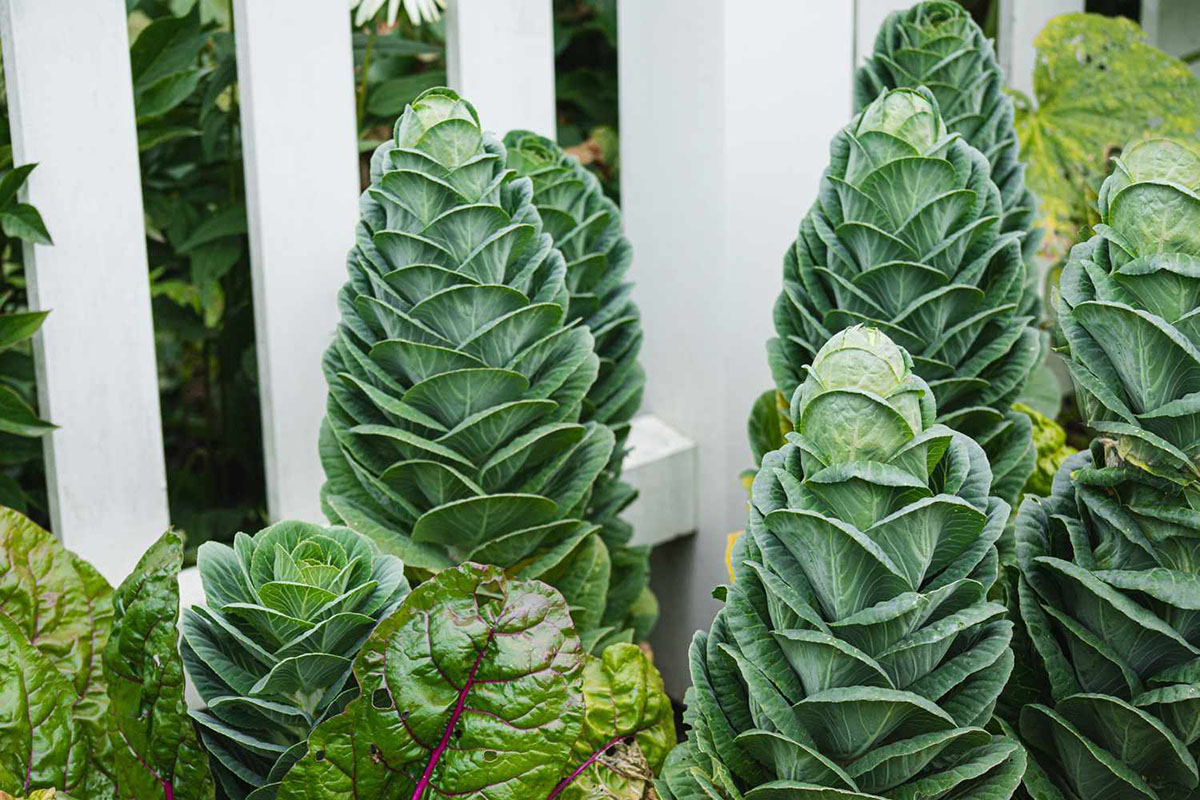
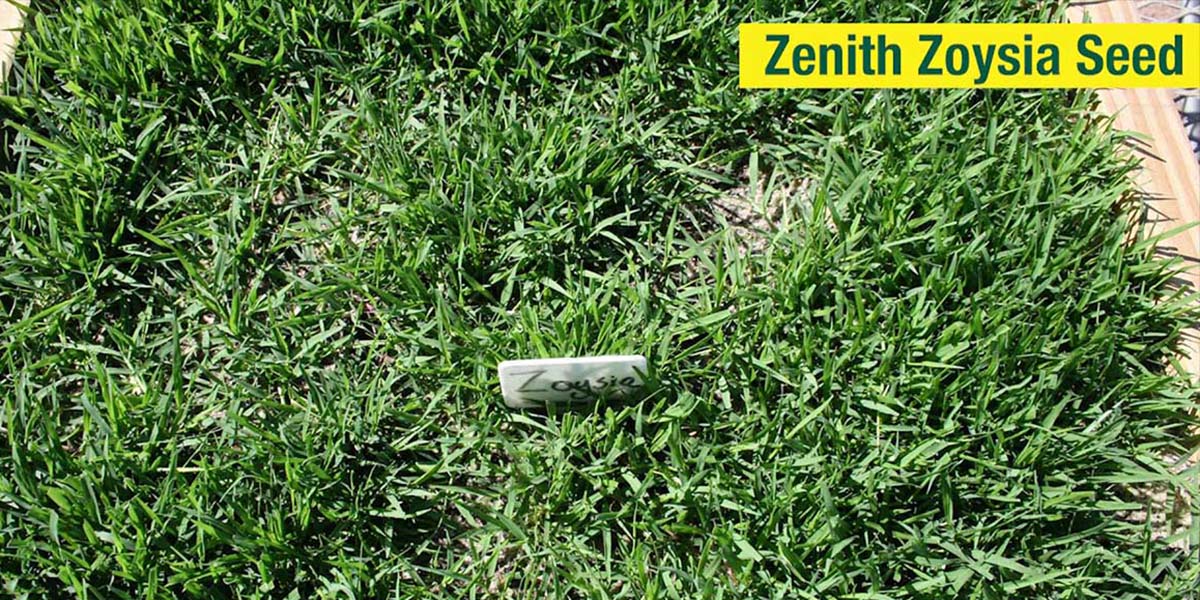
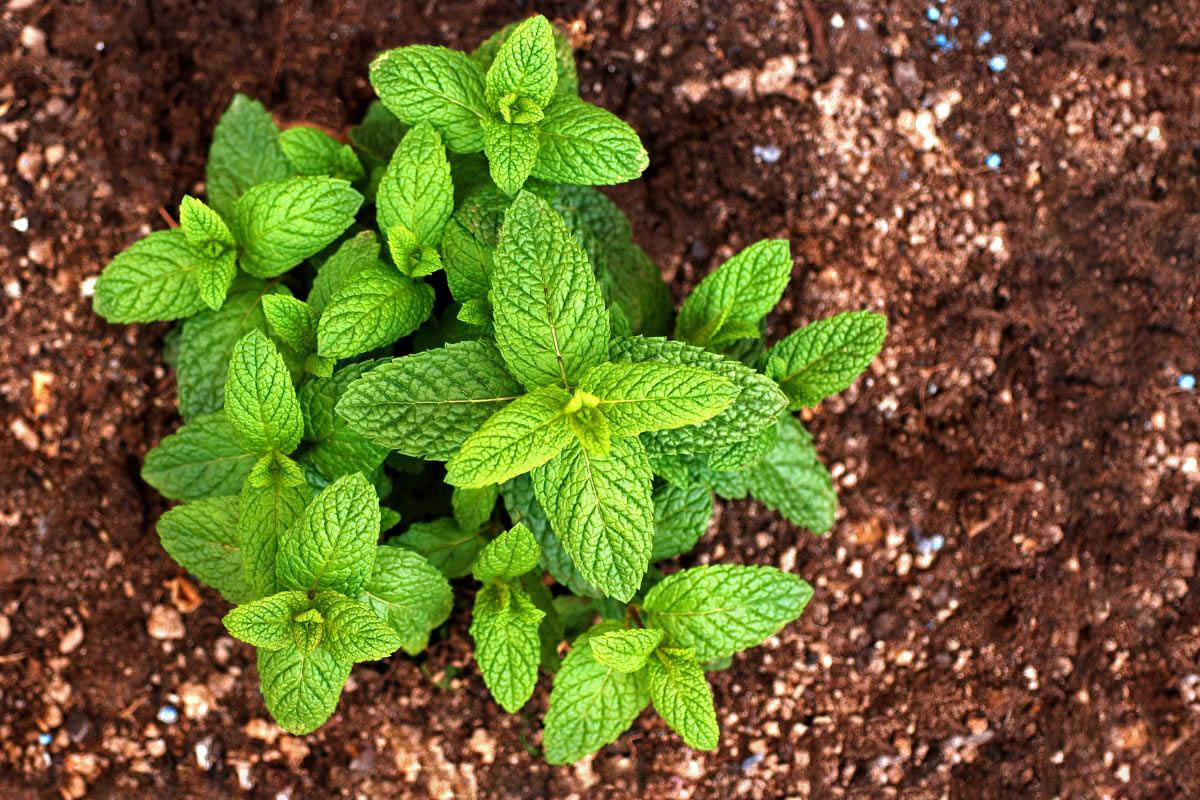
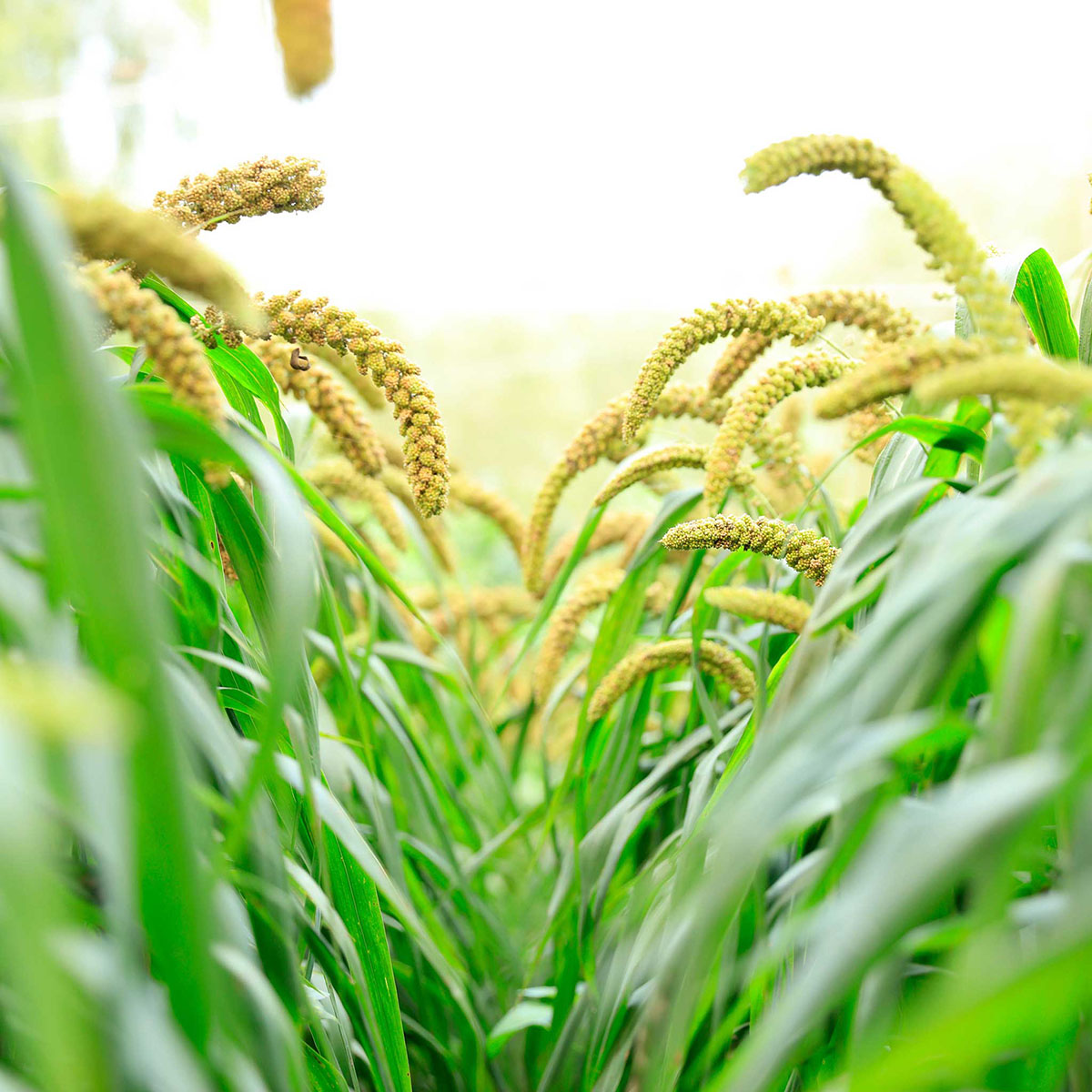
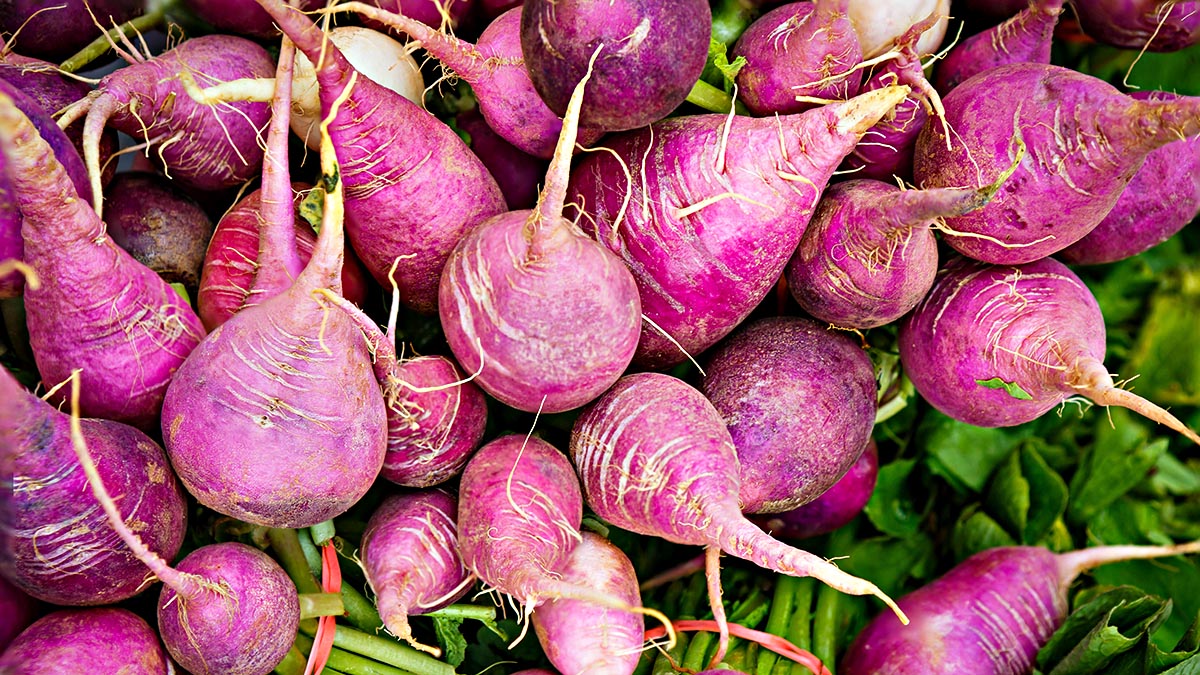
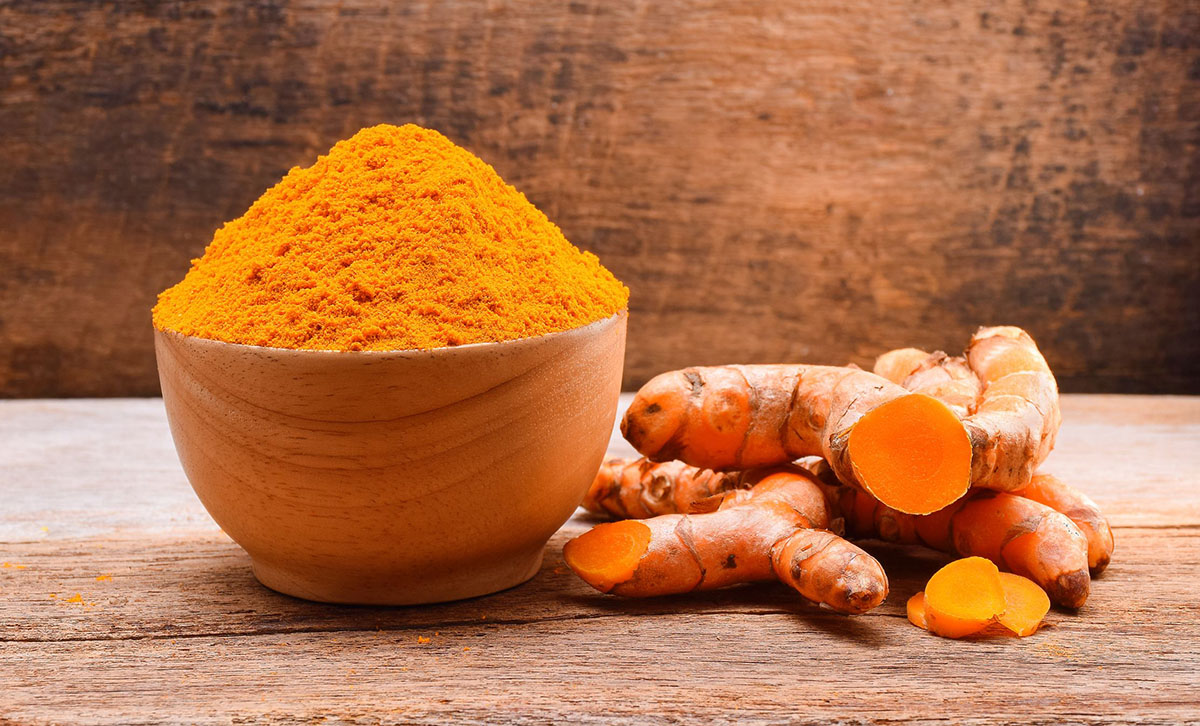
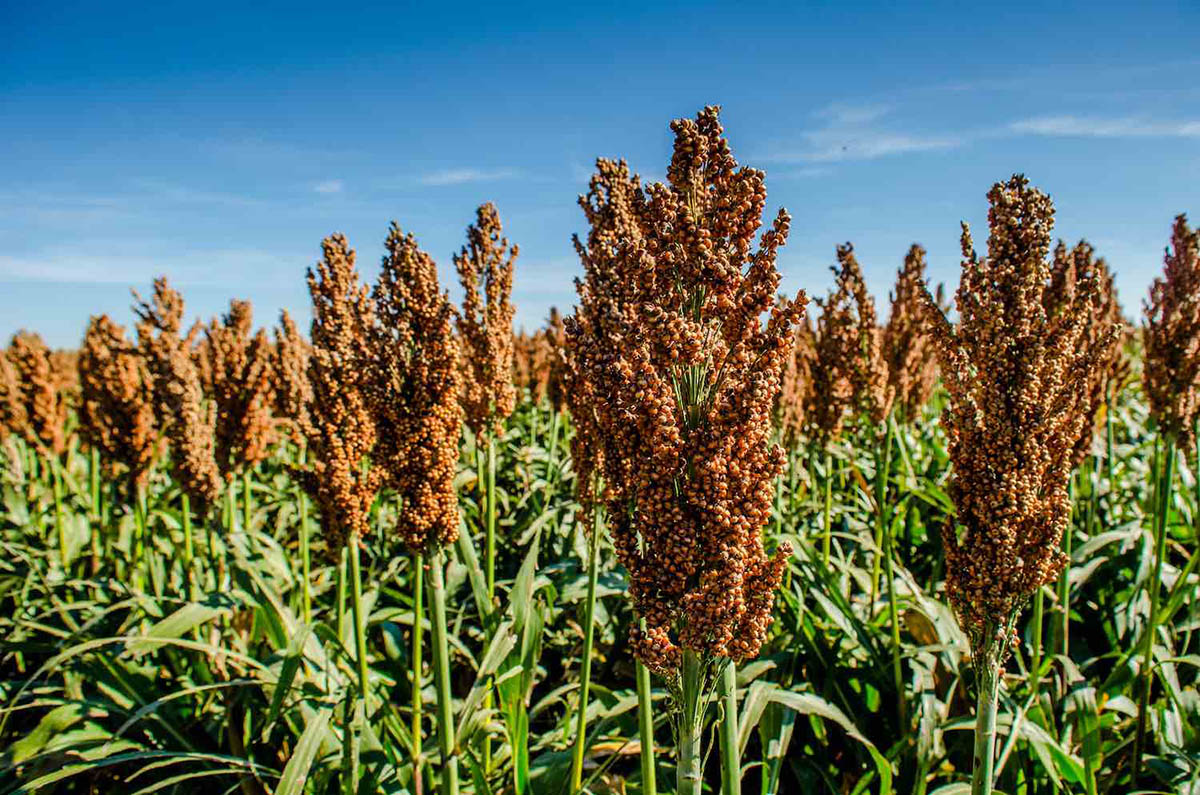
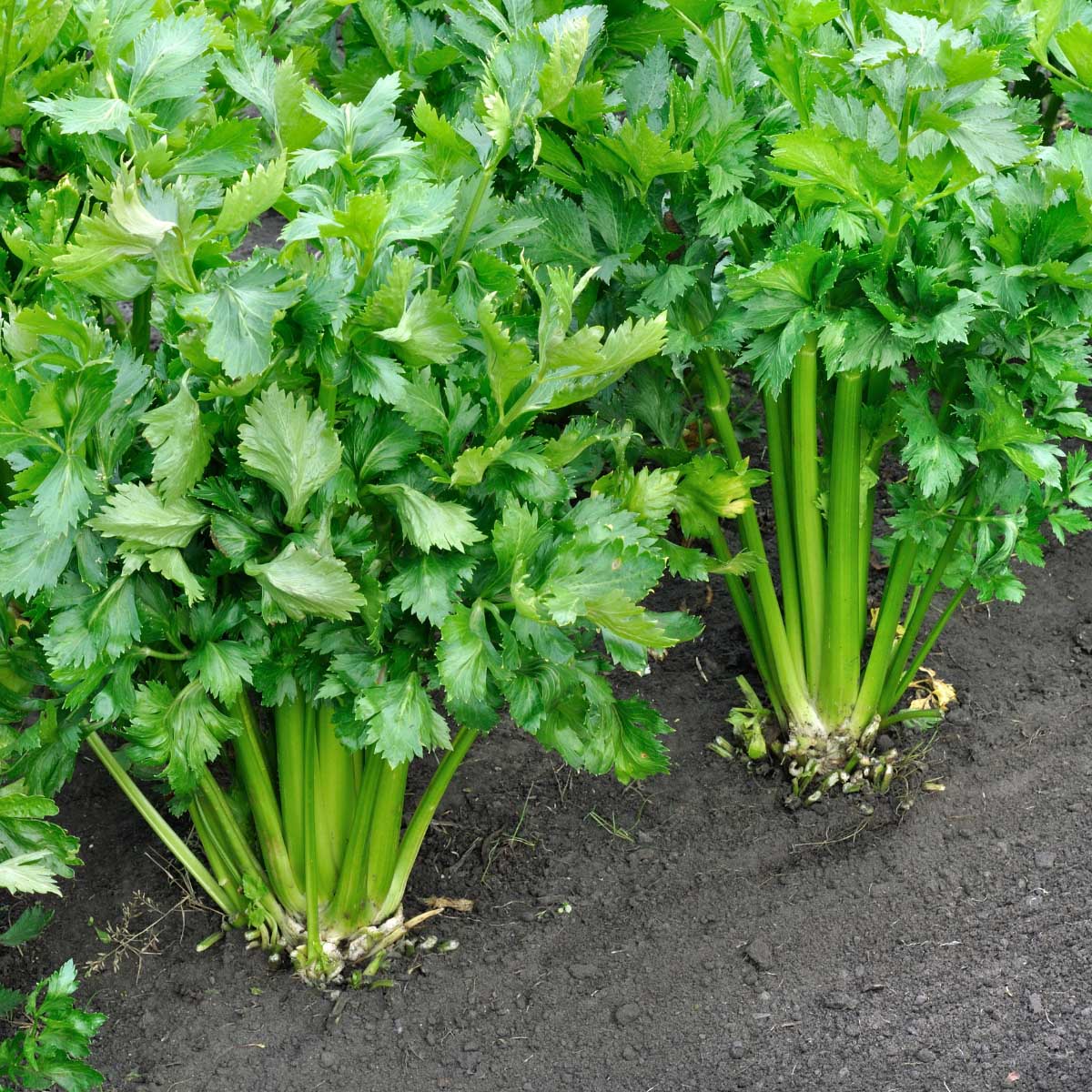
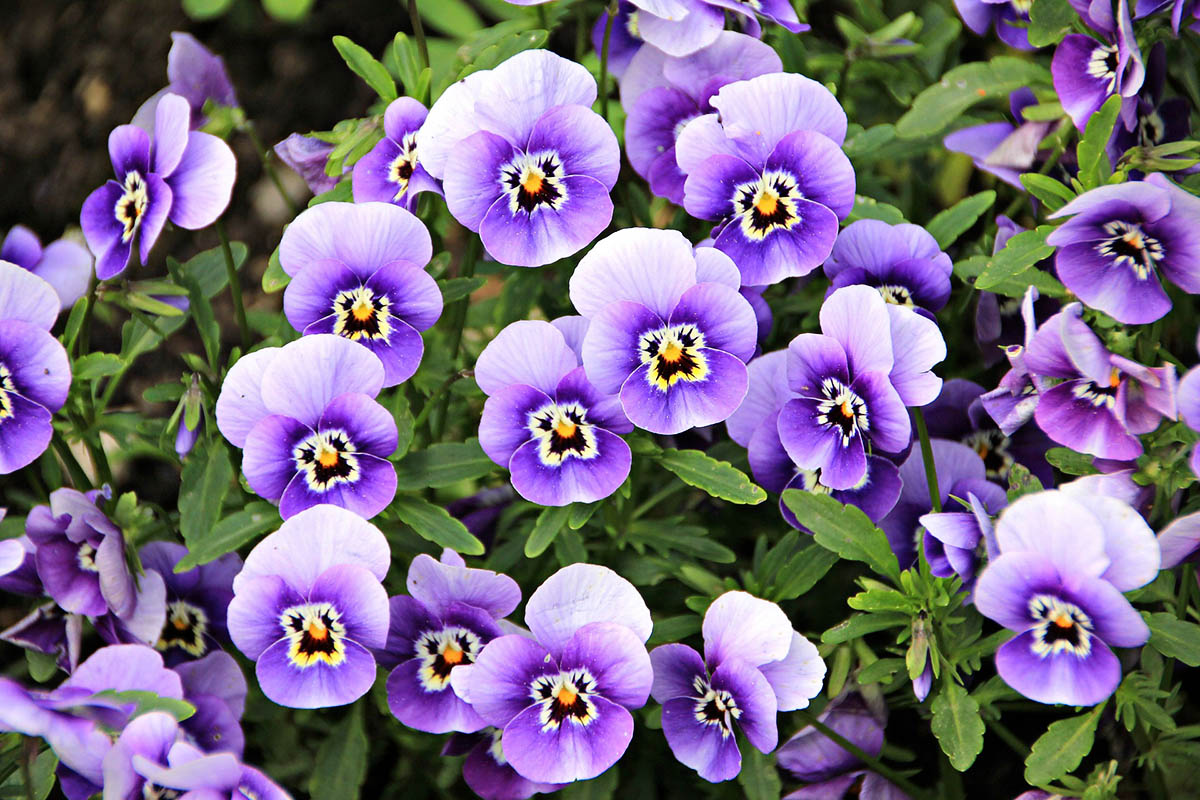
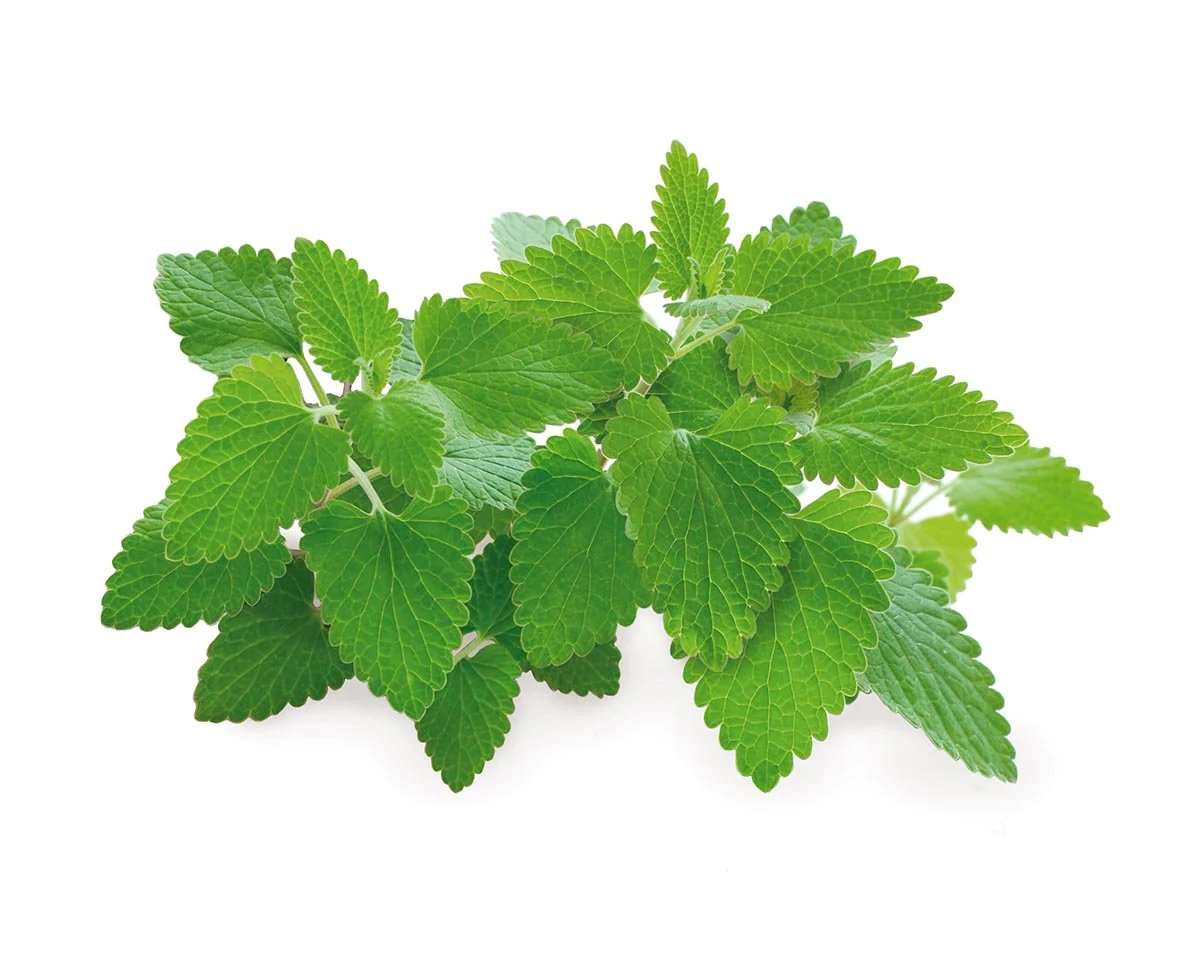

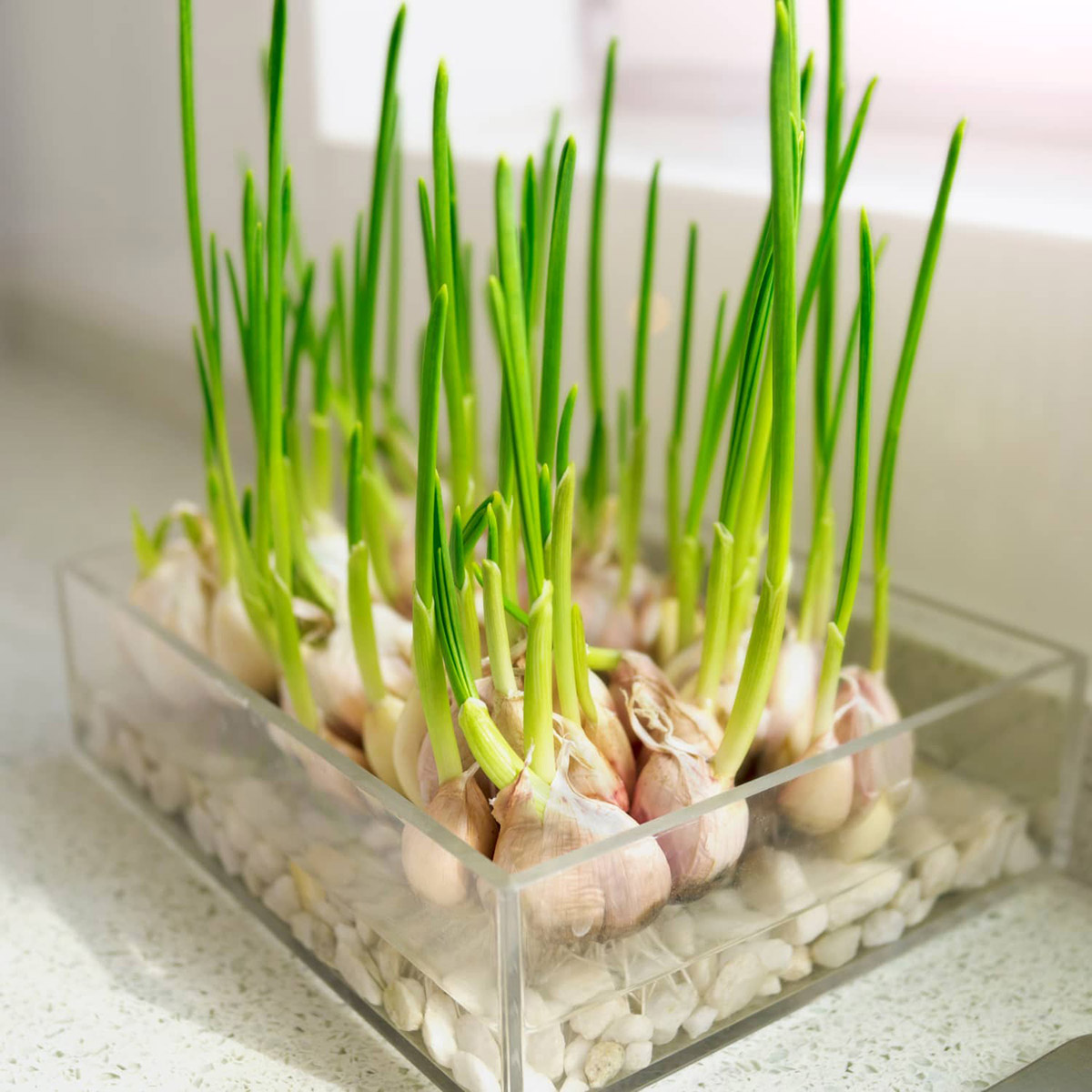
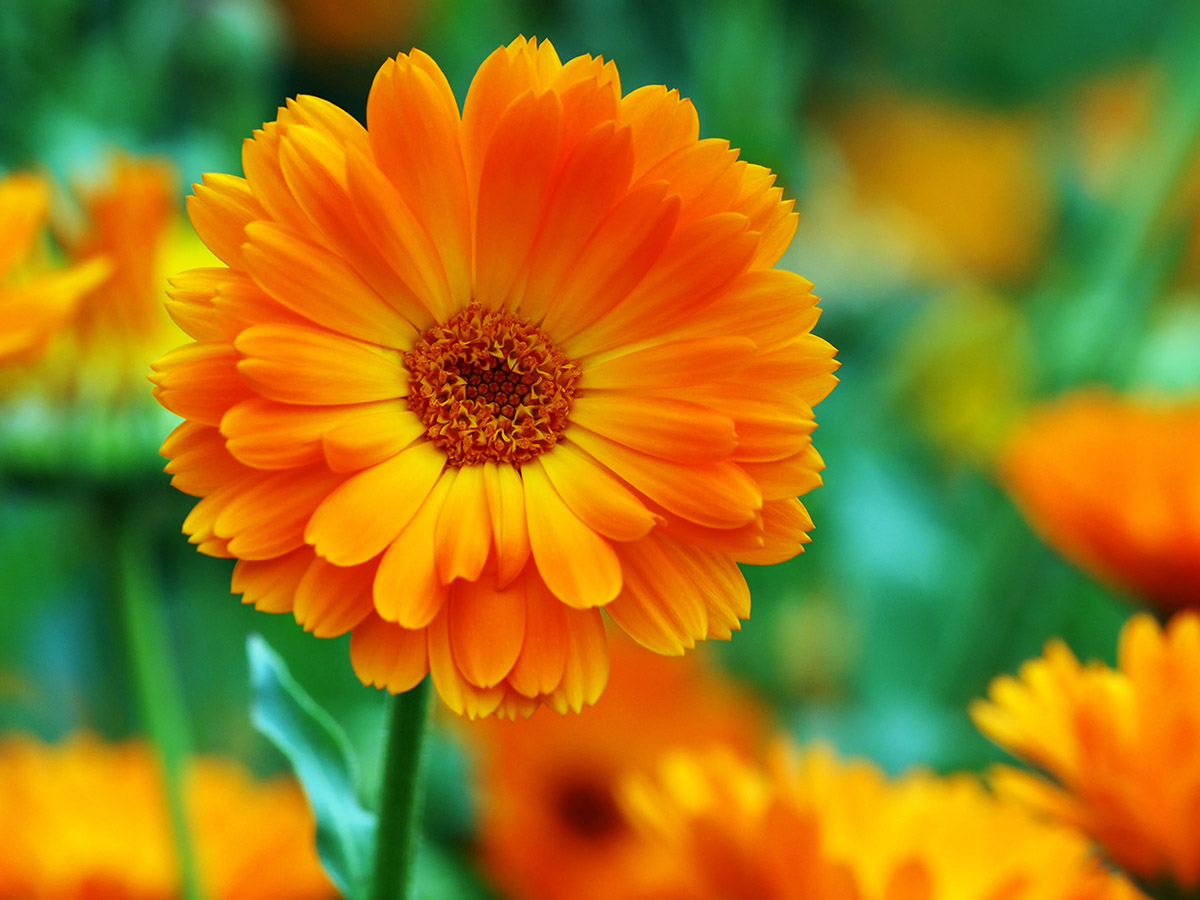
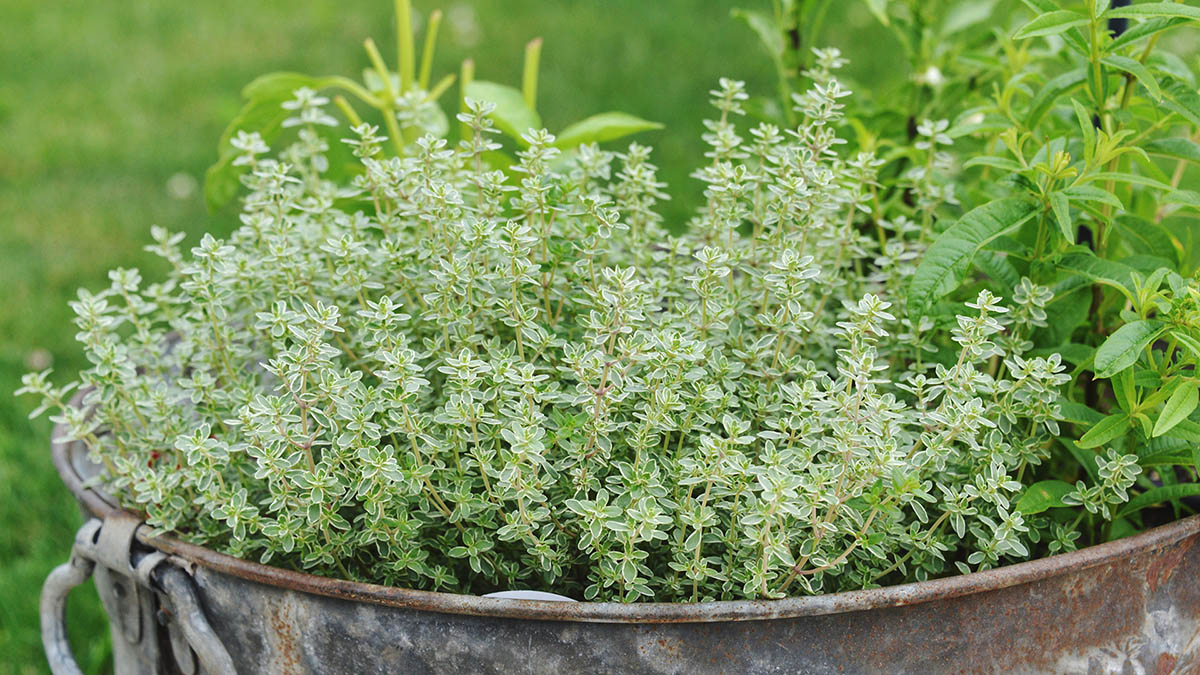

0 thoughts on “How Long Does Green Onion Germination Take?”